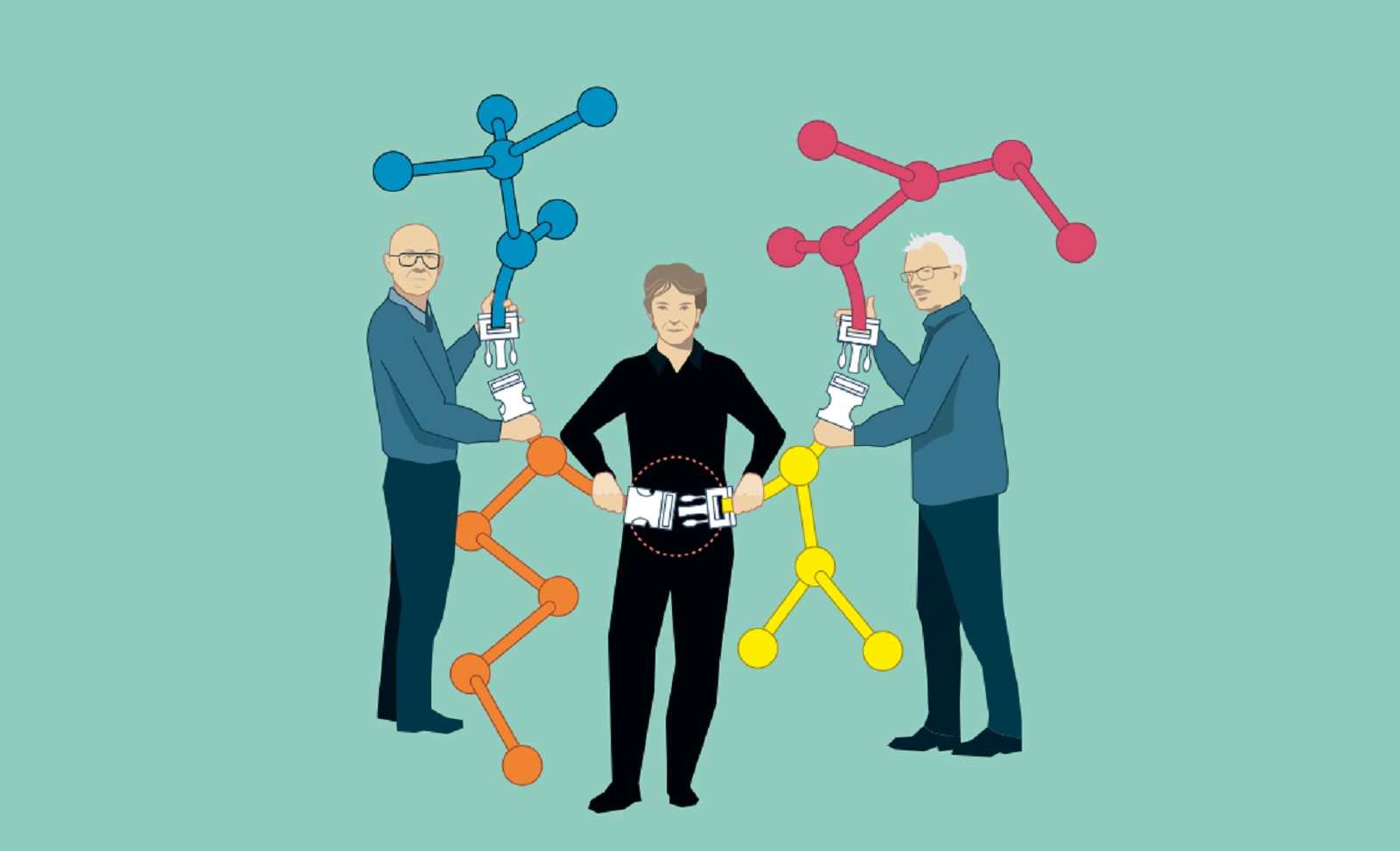Nobel Prize for Chemistry goes to: Lego bricks for molecules + China’s semiconductor industry is getting a harder time from the US

The Nobel Prize in Chemistry 2022 went to Carolyn R. Bertozzi, Morten Meldal, and K. Barry Sharpless “for the development of click chemistry and bioorthogonal chemistry,” according to a press release. It all began with Sharpless in the early 2000 when he first discovered the “reliable concept” of click chemistry — in which molecules react together by rapidly linking. Then, independently of one another, Meldal and Sharpless both presented what is now referred to as “the jewel of click chemistry,” a versatile chemical reaction that is both elegant and effective. With her mapping of obscure biomolecules on the plasma membrane of cells, Bertozzi successfully advanced click chemistry to be functional inside of living things.
US restricts China’s access to chips: The US is cracking down on exports of semiconductors, related machinery, and chips used for AI as it seeks to curb China’s semiconductor industry, the Wall Street Journal reports, citing sources with knowledge of the matter. The Biden administration is considering adding more Chinese tech companies to its banned list and rallying US allies to back the initiative, the WSJ reports. Advanced chips have increasingly become a tool of geopolitical power, playing a critical role in both military systems and the data-processing capacities that fuel our modern global economic system. If the US, Japan, South Korea and European countries band together to control exports, China’s chip industry would be dealt a blow as these countries hold a near-monopoly over the supply of key equipment and software needed to manufacture advanced chips.
Chinese tech giant Huawei is already working to reduce its reliance on the US for its production of semiconductors, Asia Times reports, raising concerns that America is on the verge of losing its competitive advantage. Technological workarounds are bridging the gap between China’s current capabilities including clever packaging and maximum use of DUV ArF immersion lithography. Chinese chipmaker SMIC recently shocked the US by revealing its production of 7-nm chips despite restricted access to the necessary manufacturing equipment.
The recipes you try out aren’t supposed to look as aesthetically pleasing as Instagrammable cookbooks would have you think: Cookbooks have long included illustrations but in today’s instagram era cookbooks have become increasingly visual, introducing us to aspirational lifestyles. And while they are impressive, these photos have also made cookbooks more intimidating and out of touch with the average reader’s life and approach to cooking, the Financial Times writes. Food writer Ruby Tandoh set out to remedy that with her anti-aspirational Cook As You Are (Serpent’s Tail), a book full of recipes that aren’t trying to sell readers a particular lifestyle but rather aims to support them in theirs and it’s been reaching people who don’t regularly buy cookbooks. The book is entirely absent of any photography (which is typically styled and shot with perfect lighting and angles) and includes illustrations instead, the FT reports. The illustrations depict a diverse range of people, including people with disabilities, making it more inclusive. “By photographing a cookbook in one kitchen, with one cook, I’d be capturing only one very narrow vision of what cooking looks like and who these recipes are for,” Tandoh says.